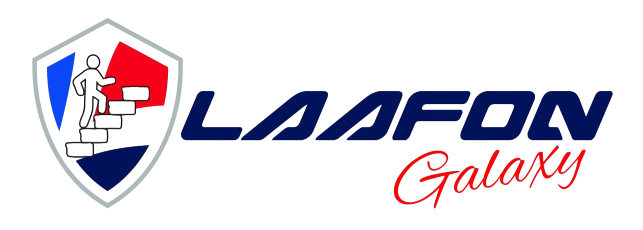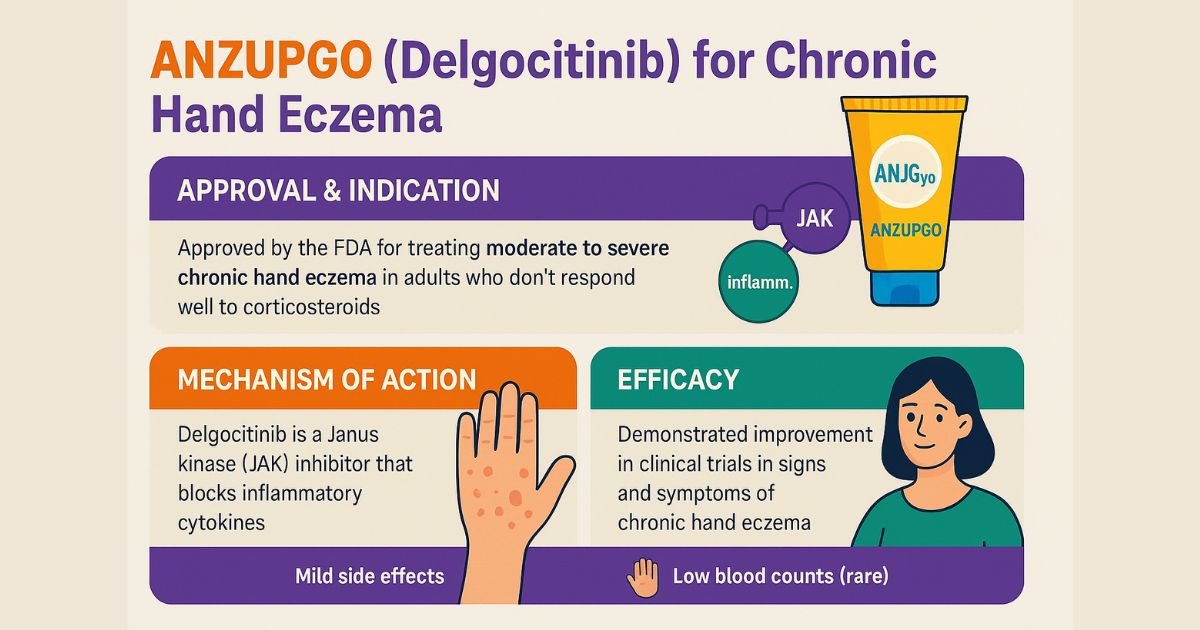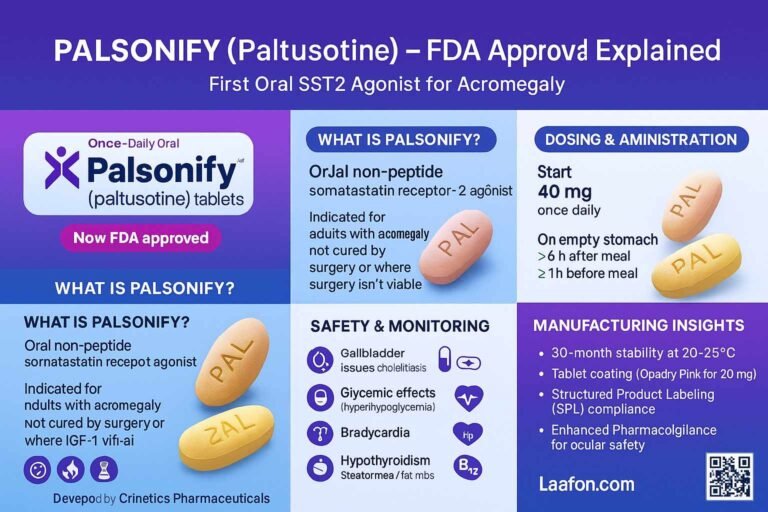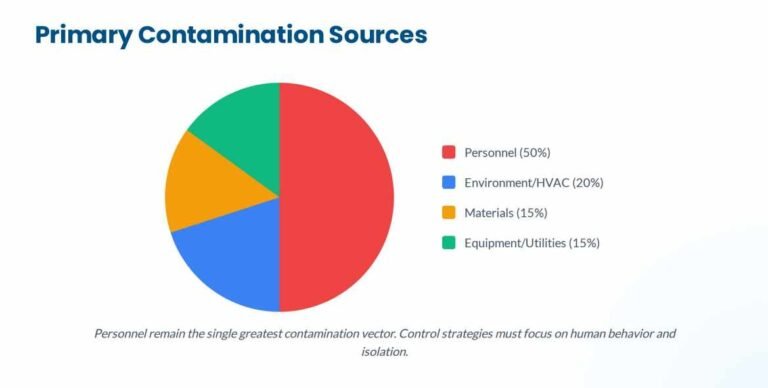The recent FDA approval of ANZUPGO delgocitinib cream 2% is a genuinely pivotal moment in how we manage moderate-to-severe Chronic Hand Eczema (CHE). For the first time, we have a topical therapy specifically developed and approved for this challenging condition. Delgocitinib, a pan-Janus kinase (JAK) inhibitor, offers a much-needed non-steroidal option for our adult patients who have either failed or can’t tolerate topical corticosteroids. In this article, I’ll walk you through a comprehensive analysis of the drug, covering everything from its mechanism of action and clinical trial data to its safety profile and practical administration. We’ll also put it head-to-head with ruxolitinib (Opzelura™) and explore where delgocitinib fits into our practices, whether we’re in the United States or India.
The High Unmet Need in Chronic Hand Eczema (CHE)
As clinicians, we know that Chronic Hand Eczema is far more than just a simple skin irritation. It’s a persistent, inflammatory disease that can truly dismantle a patient’s quality of life, affecting their ability to perform daily activities, keep a job, or even feel comfortable in social settings. The condition presents with erythema, scaling, lichenification, vesicles, edema, and, as our patients constantly remind us, debilitating pruritus and pain.
A Global Burden with Very Local Consequences
It’s estimated that about 1 in 10 adults worldwide suffer from hand eczema, and a significant number of them are dealing with the chronic form.
- In the United States: It’s no surprise that CHE is one of the most common reasons for a visit to the dermatologist. It’s a huge occupational health issue, especially for people who need to wash their hands frequently or are exposed to irritants—think of our colleagues in healthcare, food service workers, and hairdressers. The economic toll, when you factor in both medical costs and lost productivity, is staggering.
- In India: The situation is just as challenging, if not more so, due to environmental factors, population density, and occupational exposures in farming and industry. For many in rural areas, getting to see a specialist is a major hurdle, which often leads to delayed diagnosis and a reliance on over-the-counter steroids. We’ve all seen the long-term consequences of that: skin atrophy, tachyphylaxis, and frustrated patients.
For decades, our toolkit for CHE has been pretty limited. Topical corticosteroids (TCS) have been the go-to, but they are a double-edged sword. While great for acute flares, their long-term use is riddled with risks, and frankly, many patients just don’t get the relief they need. This has left a huge gap for a treatment that is both safe and effective for the long haul.
Introducing ANZUPGO delgocitinib
This is where ANZUPGO delgocitinib cream comes in. Its approval gives us a targeted way to tackle the underlying inflammation in CHE, hopefully without the baggage that comes with long-term corticosteroid use.
- Brand Name: ANZUPGO
- Generic Name: delgocitinib
- Drug Class: Janus kinase (JAK) inhibitor
- Indication: Topical treatment of moderate to severe CHE in adults who haven’t responded well to, or can’t use, topical corticosteroids.
Mechanism of Action of Delgocitinib
To really appreciate what makes delgocitinib different, we need to talk about the JAK-STAT pathway—a critical signaling cascade for the pro-inflammatory cytokines that drive eczema.
The JAK-STAT Pathway in Eczema
Think of it like this: cytokines like IL-4, IL-13, and IL-31 are the messengers that kickstart inflammation. They bind to receptors on immune cells, which in turn activates the Janus kinase (JAK) enzymes inside the cell. These activated JAKs then switch on another group of proteins called STATs. Once switched on, the STATs head to the cell’s nucleus to fire up the genes that produce all the inflammatory mediators we see clinically as eczema.
Delgocitinib’s Pan-JAK Approach
Delgocitinib is what we call a pan-JAK inhibitor. It doesn’t just target one or two of the JAK enzymes; it broadly and potently inhibits all four of them: JAK1, JAK2, JAK3, and TYK2.
- Implication of Broad Inhibition: By blocking all four enzymes, delgocitinib essentially casts a wide net, shutting down multiple inflammatory signals at once. In a complex disease like CHE, where so many different cytokines are involved, this broad-spectrum approach could be a real advantage.
- Theoretical Considerations: Of course, when you inhibit broadly, you have to wonder about off-target effects. For instance, we know JAK2 is vital for making blood cells, which is why oral JAK inhibitors require careful monitoring. However, the key here is that delgocitinib is a topical cream. It’s designed specifically to limit how much of it gets into the bloodstream. This design is supported by trial pharmacokinetics, which showed that systemic drug levels were negligible in PK sampling, indicating a low risk of systemic side effects.
Pivotal Clinical Trials and Efficacy Data
The case for ANZUPGO was built on two large, well-designed Phase 3 trials: TRIAL 1 (NCT04871711) and TRIAL 2 (NCT04872101).
Study Design and Patient Population
- Design: These were 16-week trials, randomized, double-blind, and compared against a vehicle cream (placebo).
- Population: They enrolled 960 adults with moderate to severe CHE. These were our typical tough-to-treat patients—all had either failed or couldn’t tolerate topical steroids.
Efficacy Endpoints and Results
The main goal was straightforward: to see a clear and meaningful improvement in the overall signs of CHE.
- Primary Endpoint: The key metric was the proportion of patients achieving “IGA-CHE Treatment Success” at week 16. This meant their hands were rated as “clear” or “almost clear” with at least a 2-point improvement from where they started.
| Trial | ANZUPGO delgocitinib 2% | Vehicle (Placebo) | Absolute Difference (95% CI) |
|---|---|---|---|
| TRIAL 1 | 20% (64/325) | 10% (16/162) | 10% (4%, 16%) |
| TRIAL 2 | 29% (91/313) | 7% (11/159) | 22% (16%, 29%) |
- Secondary Endpoints: The results were also positive for the symptoms that matter most to patients. In both trials, nearly half of the patients on delgocitinib (47-49%) saw a significant (≥4-point) improvement in their weekly itch and pain scores, compared to only about 20-28% of those using the placebo cream.
Clinical Interpretation: At first glance, the success rates might seem modest. But for those of us who treat recalcitrant CHE, these numbers are quite significant. The consistent and statistically clear separation from placebo, combined with real improvements in itch and pain, shows that this drug offers a tangible benefit for a very tough-to-treat group.
Long-Term Data: The TRIAL 3 (DELTA-3) Extension Study
For a chronic disease, what happens after 16 weeks is just as important. The clinical program wisely included an open-label extension study (TRIAL 3, or DELTA-3), where patients could continue treatment for an additional 36 weeks.
- Sustained Safety Profile: This gave us a full year of safety data for some patients. The good news is that the safety profile held up over the long term. The FDA label notes that serious adverse events were rare, with just one case of eczema herpeticum and two cases of shingles among the 801 patients in the extension study.
- Implication for Clinicians: Having this 36-week extension data is incredibly reassuring. It suggests that we can use ANZUPGO® not just to get control of a flare, but for the long-term, sustained management of CHE, with a low rate of side effects over time.
Safety, Tolerability, and Practical Administration
With any new drug, especially one in a class with known systemic risks, the safety conversation is front and center.
Navigating the JAK Inhibitor Class Safety Profile
The ANZUPGO label includes the standard warnings for the JAK inhibitor class, which are mostly based on data from oral versions. Our job as clinicians is to put these warnings into the proper context for a topical cream with minimal systemic absorption.
- Shared Class Warnings:
- Serious Infections: There’s a potential for an increased risk of infections. We should not start treatment in patients with an active, serious infection.
- Non-melanoma Skin Cancer (NMSC): Cases have been reported, so periodic skin exams are a good practice.
- MACE, Thrombosis, Malignancy: These risks, seen in an oral JAK inhibitor study for rheumatoid arthritis, are included as a class-wide precaution.
- Adverse Reactions in Trials: In the actual trials, the most common side effects (≤1%) were mild and local—things like application site pain, tingling, itching, or redness.
Dosage, Administration, and Patient Counseling
- Dosage: It’s simple: a thin layer applied to the affected areas of the hands and wrists, twice a day.
- Usage Limits: To be safe and minimize any potential systemic absorption, we need to counsel our patients not to use more than 30 grams in 2 weeks or 60 grams in a month.
- Patient Counseling is Key:
- Remind them this is for their hands and wrists only.
- Talk about the signs of infection and when to call the clinic.
- Recommend sun protection for their hands.
- Advise them to avoid live vaccines while on treatment.
Competitive Landscape – Delgocitinib vs. Ruxolitinib
The most obvious comparison for ANZUPGO is Opzelura (ruxolitinib) cream. They’re in the same class, but it’s not an apples-to-apples comparison.
The Selectivity Debate: Pan-JAK vs. JAK1/2
- ANZUPGO delgocitinib: As a pan-JAK inhibitor (JAK1/2/3/TYK2), it hits the inflammation with a broad-spectrum approach.
- Opzelura™ (ruxolitinib): As a more selective JAK1/JAK2 inhibitor, it’s a bit more targeted. Whether broad is better than selective is still up for debate and likely depends on the specific disease we’re treating.
Head-to-Head on Indications and Efficacy
| Feature | ANZUPGO delgocitinib | Opzelura™ (ruxolitinib) |
|---|---|---|
| Primary Indication | Moderate-to-severe Chronic Hand Eczema (CHE) | Mild-to-moderate Atopic Dermatitis (AD); Non-segmental Vitiligo |
| Strength | First-in-class for CHE. The data is specific to this tough-to-treat group. | First-to-market topical JAK. Has strong efficacy in the much larger AD market. |
| Efficacy (vs. Vehicle) | ~10-22% absolute improvement in IGA at Week 16 | ~32-39% absolute improvement in IGA at Week 8 (for AD) |
Analysis: It’s really important that we don’t directly compare these efficacy numbers. The trials were for different diseases (CHE vs. AD), which have different pathologies. Opzelura’s impressive numbers were in a broader AD population. ANZUPGO’s numbers, while more modest, were achieved in the notoriously stubborn indication of CHE.
Market Positioning and Clinical Choice
- ANZUPGO: This will be our specialist, precision tool for CHE. When a patient with moderate-to-severe CHE has failed steroids, we now have a purpose-built, FDA-approved option to turn to.
- Opzelura™: It’s critical to remember that Opzelura™ is approved for atopic dermatitis and vitiligo—it is not approved for Chronic Hand Eczema. Any use for CHE is off-label and isn’t supported by the kind of dedicated clinical trial program we now have for delgocitinib. For that reason, we can’t make any real regulatory or clinical comparisons between them for treating CHE.
Our choice as clinicians should really be guided by the evidence and the approved label. For a clear diagnosis of moderate-to-severe CHE, ANZUPGO® is the only on-label topical JAK inhibitor we have. That’s a crucial distinction for our clinical decisions, patient safety, and getting treatment covered.
Relevance for Clinicians in the US and India
Practice Integration in the United States
In the US, I expect dermatologists will welcome ANZUPGO with cautious optimism.
- Clinical Niche: It clearly fills a void for our patients who have failed TCS. It will likely be a go-to for specialists who see a lot of occupational dermatitis and severe CHE.
- Payer Landscape: Let’s be realistic: getting this covered will be a process. Payers will almost certainly require documented failure of topical steroids, and we can expect prior authorizations to be the norm. Cost will be a major factor.
- Patient Dialogue: We’ll need to have those nuanced conversations about the class warnings, balancing the potential risks with the very real benefits of treating this debilitating condition.
Potential and Challenges in India
For my colleagues in India, a novel, non-steroidal topical like delgocitinib could be truly transformative.
- Addressing Steroid Phobia and Misuse: We all deal with “steroid phobia” on one hand, and the rampant misuse of potent OTC steroid creams on the other. Having a safe, effective, non-steroidal option for long-term CHE management would be a game-changer.
- Occupational Health: With so many people working in agriculture and industry, occupational CHE is a massive issue. Delgocitinib could help people manage their condition without having to stop working.
- The Accessibility Hurdle: The biggest challenge in India will undoubtedly be cost and access. As a new, patented drug, it will be a premium product. Initially, its use will likely be limited to cities and patients who can pay out-of-pocket or have private insurance. For this to make a real impact across the country, we’d need to see tiered pricing or local manufacturing partnerships. Getting it approved by the CDSCO is the first step, but a smart market access strategy has to follow.
Frequently Asked Questions
What is delgocitinib?
A topical pan-JAK inhibitor approved for moderate-to-severe CHE in adults.
When was ANZUPGO approved?
FDA(US) approval was granted on July 23, 2025.
Is ANZUPGO available in India?
Not yet. Awaiting CDSCO regulatory clearance.
Conclusion – A New Tool for an Old Foe
The approval of ANZUPGO delgocitinib isn’t just another small step forward; it feels more like a paradigm shift for a specific group of patients who have been underserved for too long. For the first time, we have a therapy designed and approved specifically for moderate-to-severe Chronic Hand Eczema. While we must be mindful of the class-wide safety considerations, the topical formulation and solid clinical data give me confidence in its targeted use.
For dermatologists in the US, it’s a new, evidence-based tool for a frustrating clinical problem. For those of us in India, it represents a new horizon in non-steroidal management, though its ultimate impact will depend on making it affordable. Either way, delgocitinib is a welcome innovation, offering real hope for the millions of people with hands that are suffering in silence.
References:
- ANZUPGO® (delgocitinib) [Prescribing Information]. LEO Pharma Inc., Madison, NJ. July 2025. Accessed at: FDA Drug Approval Documentation for ANZUPGO®
- Thyssen JP, Schuttelaar MLA, et al. Hand Eczema: An Updated Review. The Journal of Allergy and Clinical Immunology: In Practice. 2021. Accessed at: National Library of Medicine (PubMed)
- American Academy of Dermatology. JAK-STAT Signaling and its Role in Inflammatory Skin Disease. AAD Dwelling. 2021. Accessed at: American Academy of Dermatology
- U.S. National Library of Medicine. ClinicalTrials.gov. Data on file for NCT04871711, NCT04872101, and NCT04949841. Accessed August 2025.
- Opzelura™ (ruxolitinib) [Prescribing Information]. Incyte Corporation, Wilmington, DE. Accessed at: Opzelura™ Official Website




